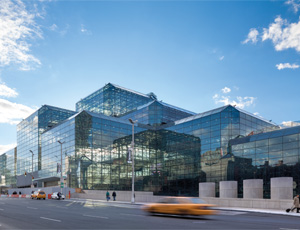Bird-Safe Design
Learning Objectives:
- Describe the factors that often make building glazing deadly for birds.
- Outline some of the measures that can be implemented in new construction projects to prevent birds from colliding with buildings during daytime hours.
- Describe bird-friendly measures that can be easily implemented on existing buildings.
- Outline strategies for protecting migratory birds from nighttime building-related hazards.
Credits:
This course is approved as a Structured Course
This course can be self-reported to the AANB, as per their CE Guidelines
Approved for structured learning
Approved for Core Learning
This course can be self-reported to the NLAA
Course may qualify for Learning Hours with NWTAA
Course eligible for OAA Learning Hours
This course is approved as a core course
This course can be self-reported for Learning Units to the Architectural Institute of British Columbia
This course is part of the Glass in Architecture Academy
Everyone has heard the thunk of a bird hitting a window. It's startling, and then it's sad. But what few of us realize is just how widespread the problem is. Across North America, buildings account for hundreds of millions of bird deaths annually—perhaps more, according to the nonprofit group the American Bird Conservancy. A running estimate of North America's collision-killed birds—posted online by another nonprofit organization, Toronto’s Fatal Light Awareness Program—ticks along at roughly 30 bird deaths per second. After habitat destruction, collisions with buildings are the single biggest killer of birds.
The good news is that, with awareness and know-how, a building can be designed or retrofitted to pose almost no hazard to birds at all.
Continues at architecturalrecord.com »

Photo © Chris Cooper












